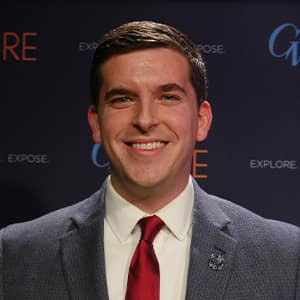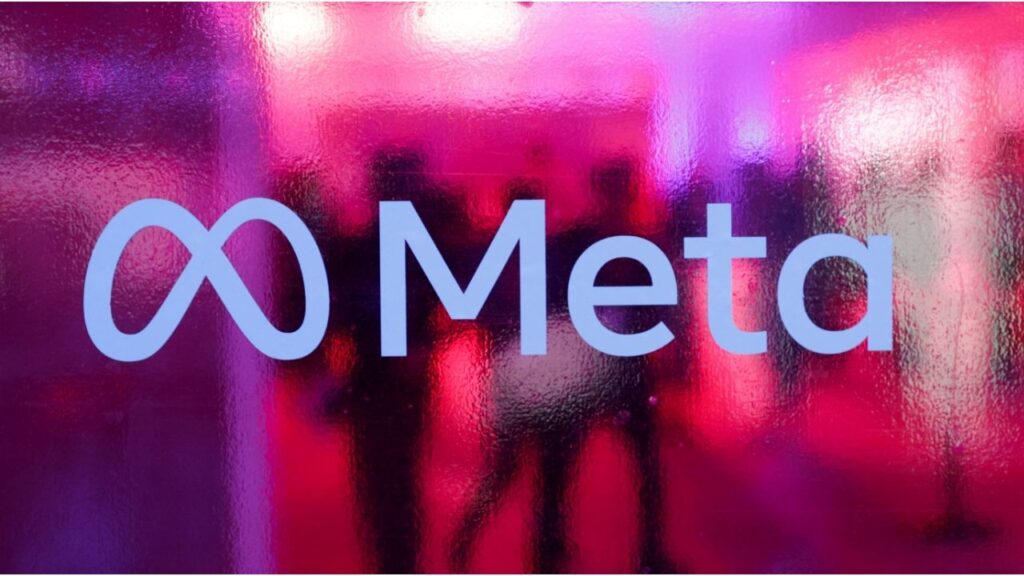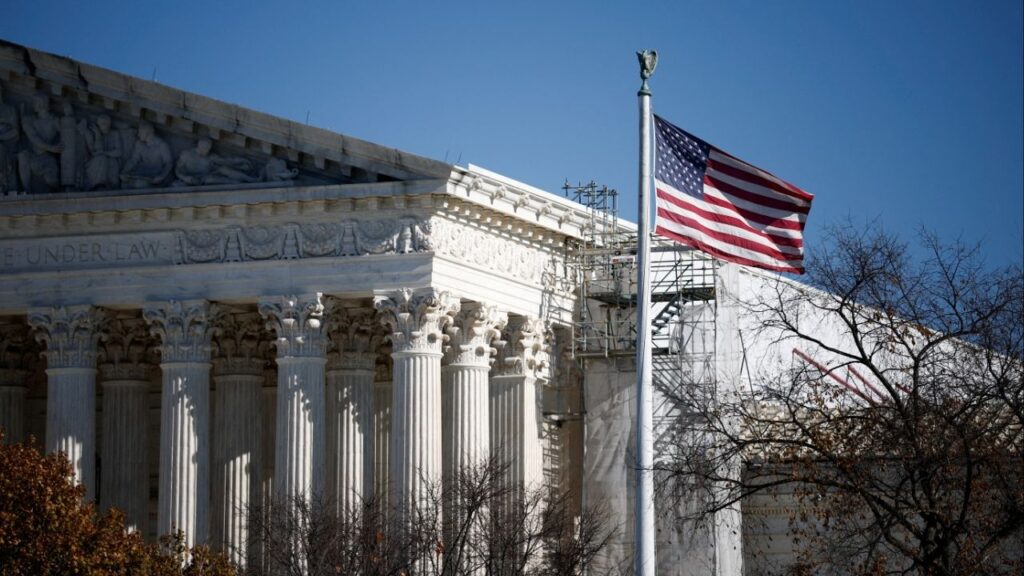Share
Anyone can be a demographer and submit the next electoral map for the city of Fresno. So, as an exercise in democracy, GV Wire submitted one. It’s Public 109 on your scoresheet.

David Taub
Politics 101
The city council will consider the next round of maps submitted by the public on Thursday at 6 p.m. (City Hall chambers or online). The council is expected to take a final vote on Thursday, Dec. 9, with an absolute deadline of Dec. 15.
The lines are changed every 10 years based on data from the U.S. Census. The pandemic delayed the release of the 2020 numbers, so the maps are being drawn later than usual.
The city council will consider 14 maps on Thursday — 11 submitted by the public, including GV Wire, and three others presented by the city’s consultant, National Demographics Corporation. Of the maps released, four are listed as non-compliant because they are not contiguous.
The GV Wire Map

Using the District R map drawing website, GV Wire created a map that is somewhat of a departure from the current city lines.
Drawing the map was easy. District R is a paint-by-numbers system. However, making it compliant is a challenge.
The first step is to evenly distribute the population — approximately 77,000 in each of the seven council districts (there is a 10% leeway).
Next is drawing the maps so they are compact, contiguous, keep communities of interest together and protect “minority-majority” districts.
Communities of interest is not a definitive term, but generally means communities that share something in common (location, economics, racial composition) are kept together.
Radical Changes
Instead of moving a neighborhood here or there, the GV Wire map makes some radical changes. For example, District 1 will now be west of Highway 99, the area some call “forgotten Fresno.”
The metric used to determine the protection of minority groups is the citizen voting age population number. It is the percentage of legal residents older than 18 in the district.
The GV Wire map maintains the three Hispanic majority districts — districts 3, 5, 7 — with District 1 close at 48%. (See table at the bottom of the story.)
The map also has each of the seven council districts border an edge of the city, allowing a direction for expansion. Ever since District 7 was created in 1996 (and taking effect the next year), it has been landlocked in the center of Fresno. Now, it touches the edge.
Our plan also brings together neighborhoods into a single district that have been split up before. The Tower District, split north-south at Olive Avenue between two council districts, will now be reunited. Same with the Riverpark area in north Fresno.
The GV Wire map lines are also drawn simply. We kept “jagged edges” to a minimum with more straight lines along major thoroughfares. Any deviations are to accommodate keeping populations relatively even.
Would Councilmembers Protect Themselves?
Federal and state law says the council cannot consider where an incumbent member lives when drawing a map.
GV Wire’s map would cause some changes. Nelson Esparza (District 7), Luis Chavez (District 5) and Tyler Maxwell (District 4) would all be drawn in the same district (7). Both Esparza and Chavez are up for re-election next year.
That means some councilmembers would have to either move or forego re-election if such a scenario played out.
Maxwell and Esmeralda Soria (District 1) — who terms out in 2022 — would also be drawn out under this map. But they would be allowed to finish their terms.
Would councilmembers go for a map that draws them out?
“What’s most important is that we ensure that the integrity of those neighborhoods and those communities of interest are protected. So hypothetically, yes,” said council president Luis Chavez.
Following the Law
Northwest Fresno councilman Mike Karbassi says he would follow the law.
“We are not supposed to consider our residency to a point, even though it’s in the charter, it can’t be the primary consideration. Given where I live, it’d be kind of difficult to do that,” Karbassi said on a recent episode of GV Wire Unfiltered.

“I personally have not had the consideration of incumbents or folks running for future council race in mind as I’ve drawn the lines.” — Fresno City Councilman Tyler Maxwell
“To be perfectly fair, I (would) just have to move. I mean, it’d be kind of weird representing a district I don’t live in. But sometimes you have to make sacrifices to serve, and that might be one of them,” Karbassi said.
Northeast Fresno representative Garry Bredefeld (District 6) said he would not support a map that draws him out.
Maxwell serves on the redistricting committee along with Esparza and Miguel Arias. He said he will follow state and federal guidelines.
“I personally have not had the consideration of incumbents or folks running for future council race in mind as I’ve drawn the lines,” Maxwell said.
The city’s charter has been interpreted as stating that incumbents can be protected. Redistricting analysts Politics 101 spoke with say, if anything, incumbency is the lowest consideration.
“We absolutely should consider the charter and a provision in that charter as we should, to the extent possible, keep incumbents and the districts that they were elected to represent,” Maxwell said.
He indicated his committee favors a map drawn by the city’s hired consultant that is legally compliant and happens to keep incumbents in place.

A Change in Party?
Fresno City Council elections are in theory non-partisan. But, whether a candidate is a Republican or Democrat always seems to be important to voters.
GV Wire’s map brings a partisan change of significance in two districts — District 4 covering east central Fresno and District 2 in northwest Fresno.
With the caveat that numbers for the GV Wire map are a rough estimate — there would be fewer Democrats and more Republicans in District 4, but still more Democrats. The GOP representation would go up from 26% to 33%, while Democrats would fall from 43% to 39%.
In District 2, Democrats would go from a +3% to +10%.
In both the current and GV Wire map, only District 6 (northeast Fresno) would have more Republicans than Democrats.
RELATED TOPICS:
Categories

MAHA Activists Urge Trump to Fire His EPA Administrator

Meta Strikes Multiple AI Deals With News Publishers

















